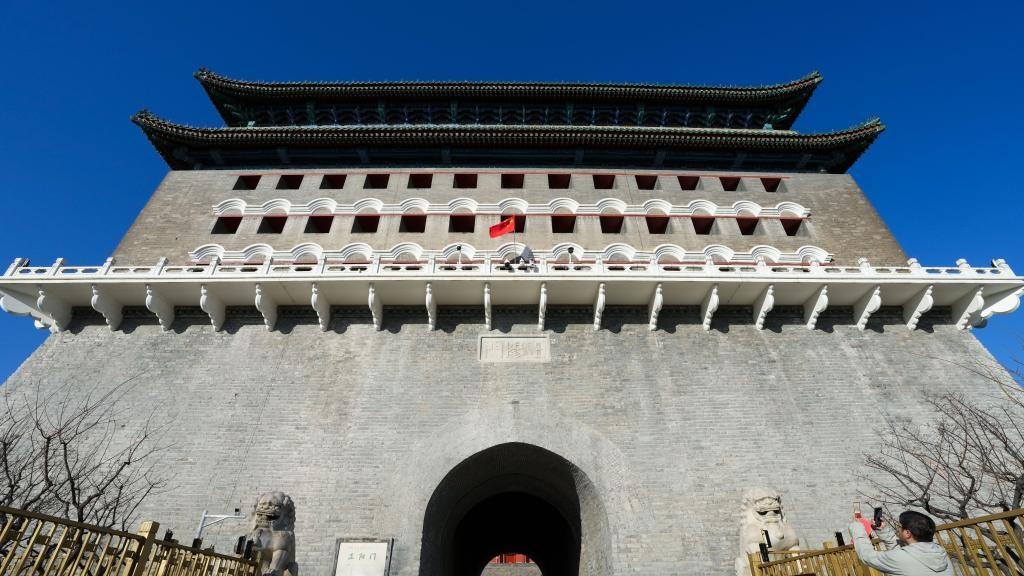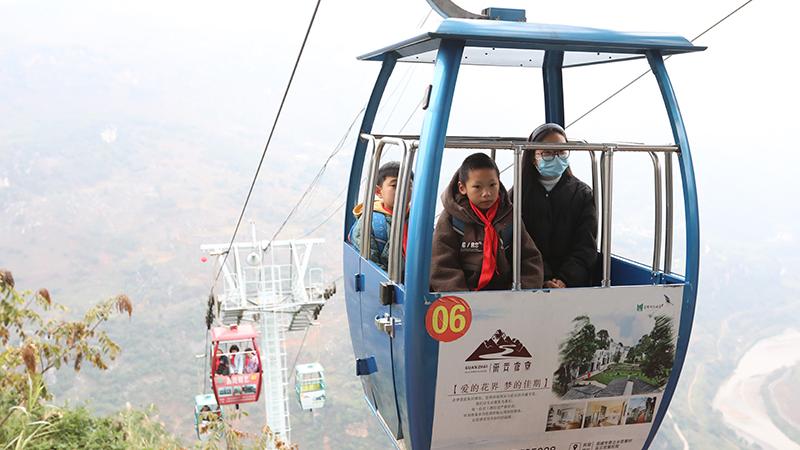Spring Festival travel expected to reach record high
China's Spring Festival travel volume is expected to reach a record high, with transport authorities meticulously making preparations, including increasing transportation capacity, strengthening transportation coordination, enhancing safety measures, and optimizing services, officials said.
The Spring Festival travel rush, or chunyun, is set to break historical records this year, with an estimated 9 billion trips expected to be made across the country during the 40-day period from Jan 14 to Feb 22, according to Li Chunlin, deputy head of the National Development and Reform Commission.
This marks a nearly 7 percent increase from 2024, when the number of trips reached 8.4 billion.
For many, China's Spring Festival travel rush is not just the beginning of the year, but a journey home — a journey filled with reunions, joy, and traditions.
As the world's largest annual human migration unfolds once again, it not only highlights the sheer scale of this extraordinary feat, but also serves as a powerful testament to the Chinese government's ability to organize, manage, and execute such a complex operation. It's a remarkable celebration of homecoming, family, and the human spirit, and a resounding verification of China's management capabilities on a global stage.
At a national video conference on Tuesday, Li outlined plans to ensure a smooth and efficient Spring Festival travel season. He emphasized the importance of enhancing transportation capacity, improving safety measures, and optimizing passenger services.
"We are committed to delivering a safe, warm, and convenient Spring Festival journey," he said.
The 2025 chunyunperiod will see surges in rail and air travels. The number of rail passenger trips is expected to surpass 510 million, while civil aviation is set to handle 90 million trips, with both numbers reflecting increases over 2024 levels. Self-driving travel will remain the dominant mode of transportation.
In preparation, authorities are taking comprehensive steps to accommodate the anticipated passenger flow, including expanding transportation capacity, improving coordination between different modes of transportation, and enhancing emergency response capabilities.
The Ministry of Transport has also established a team to oversee Spring Festival operations, ensuring smooth integration of rail, road, sea, and air transportation services. Li Yang, vice-minister of transport, noted that both overall travel demand and single-day peak travel numbers are expected to hit new records, requiring rigorous planning and resource allocation.
The railway network is preparing for two peak travel days — Jan 25, before the holiday, and Feb 4, the last day of the holiday. Spring Festival falls on Jan 29 this year and the holiday goes from Jan 28 to Feb 4.
To meet the surge in demand, the rail sector plans to increase daily passenger train services to a peak of 14,100 before the holiday and 14,200 afterward.
This is a 3.9 percent and 4.3 percent increase, respectively, compared with last year's capacity. High-speed trains on key routes, including from Guangdong province's Guangzhou and Shenzhen, and Shanghai and Beijing, will provide overnight services to meet the demand.
Officials are also improving connectivity between different modes of transportation. With an eye on convenience, transport authorities are ensuring smooth transfers for travelers, especially for "first and last mile" connectivity from transport hubs to destinations.
Electric vehicles will continue to grow in popularity during the travel rush, with an expected increase in EV usage compared to previous years. According to Li, the vice-minister, the percentage of electric vehicle travel during the National Day holiday in October reached 15.9 percent, and the upcoming Spring Festival holiday is expected to see similar trends. However, the growing demand for charging stations remains a challenge.
"Every holiday, the difficulties of finding charging stations and the anxiety over battery range are common problems travelers face," Li said. "To tackle this issue, we're actively working on solutions and making preparations to ensure a smoother journey for everyone."
As of November, more than 33,000 charging posts had been installed across China's expressways, an increase of 12,000 from 2023. In addition, about 97 percent of the more than 6,000 service areas on China's expressway network have charging posts.
However, during peak periods, some regions still face insufficient charging capacity. The Ministry of Transport is addressing this by deploying mobile charging stations and optimizing the distribution of existing infrastructure based on demand forecasts. Travelers can also check for available charging stations through various apps and on-site displays.
Li assured that efforts are underway to further expand charging facilities, with a goal of achieving general coverage of fixed and mobile charging infrastructure by the end of 2025, ensuring that electric vehicle users have a smooth travel experience.
In addition to addressing capacity issues, authorities are focused on maintaining safety standards across all transportation networks. Strict safety protocols will be enforced, including enhanced inspections and risk assessments. Special measures will be taken to prevent congestion and ensure smooth traffic flow, particularly at key travel hubs and bottleneck areas.
Photos
Related Stories
- Chinese travel platforms expect holiday tourism boom, as policy support boosts consumption
- China expects 9 bln inter-regional trips during Spring Festival travel rush
- Train tickets go on sale for China's 2025 Spring Festival travel rush
- China expects 9 bln inter-regional trips during Spring Festival travel rush
- Events held to welcome New Year across China
Copyright © 2025 People's Daily Online. All Rights Reserved.









